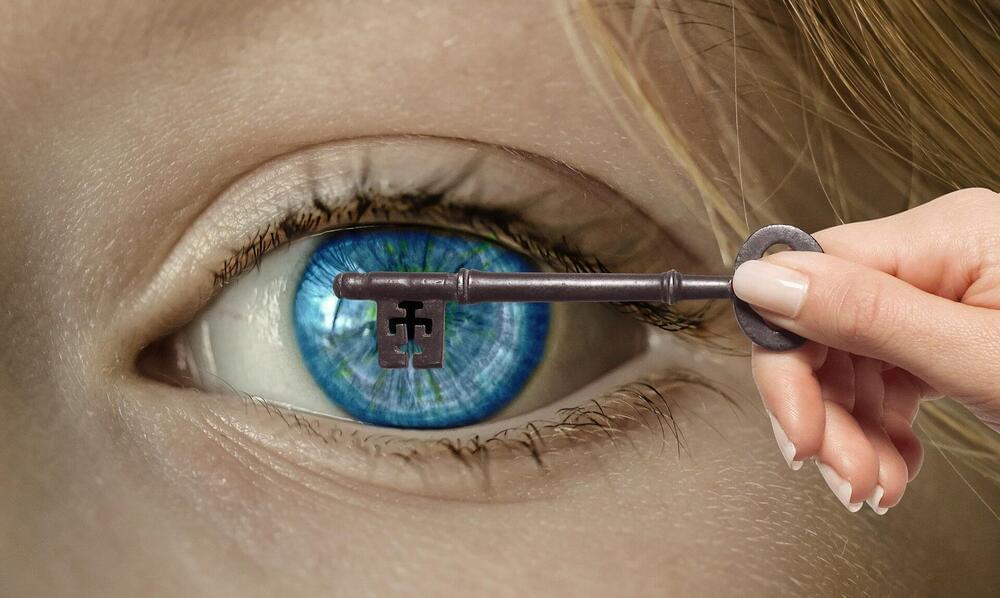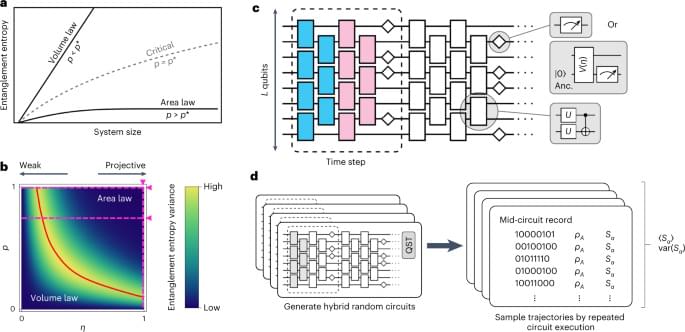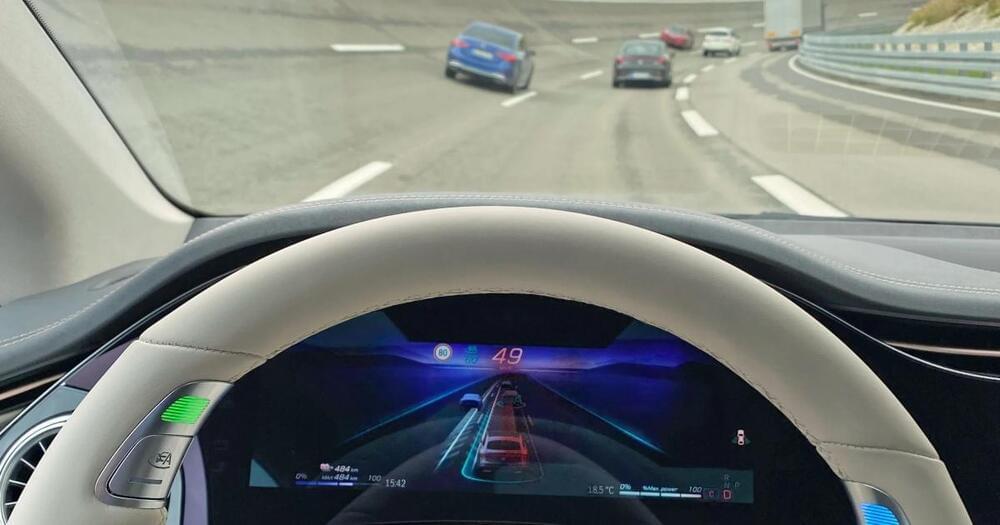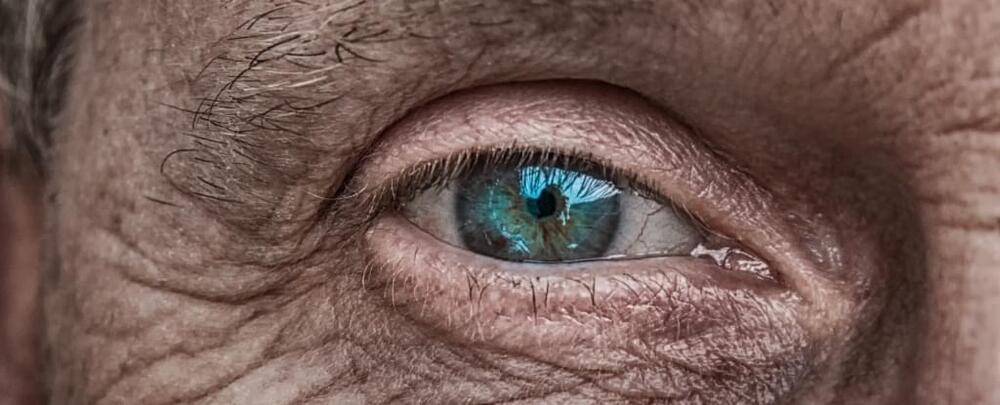
Have you ever made a great catch—like saving a phone from dropping into a toilet or catching an indoor cat from running outside? Those skills—the ability to grab a moving object—takes precise interactions within and between our visual and motor systems. Researchers at the Del Monte Institute for Neuroscience at the University of Rochester have found that the ability to visually predict movement may be an important part of the ability to make a great catch—or grab a moving object.
“We were able to develop a method that allowed us to analyze behaviors in a natural environment with high precision, which is important because, as we showed, behavioral patterns differ in a controlled setting,” said Kuan Hong Wang, Ph.D., a Dean’s Professor of Neuroscience at the University of Rochester Medical Center.
Wang led the study out today in Current Biology in collaboration with Jude Mitchell, Ph.D., assistant professor of Brain and Cognitive Sciences at the University of Rochester, and Luke Shaw, a graduate student in the Neuroscience Graduate Program at the School of Medicine & Dentistry at the University of Rochester. “Understanding how natural behaviors work will give us better insight into what is going awry in an array of neurological disorders.”

















